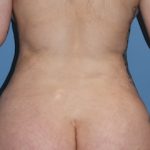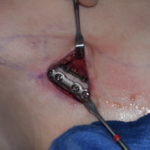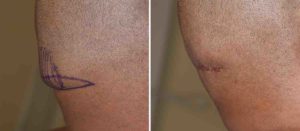Background: The back of the head is not usually given much thought as it not seen by most people including the person themselves. But in today’s world where many men now shave their heads, the entire shape of the skull takes on greater aesthetic significance than ever before. A smooth shape of the skull is now desired regardless of whether it is the front, top, sides or back.
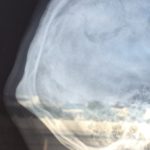
Why the occipital knob occurs is not known but it sticks out from the back of the head very prominently in some men. While it can occur just as an isolated bony skull deformity, it often has an excess of scalp tissue on top or above it. This roll of scalp tissue can be magnified since it sits down at the back of the head where it joins the neck. In thicker-necked men or men with thick scalp tissue, the occipital scalp roll can be just as significant an aesthetic issue as that of the bony projection.
Case Study: This 35 year-old male had a hard bulge on the back of his head as long as he could remember. It was not an aesthetic issue before he decided to shave his hair when it started to thin. Right under the projecting knob was a deep horizontal skin crease. Extending out from the sides of the knob was a thick skin roll.

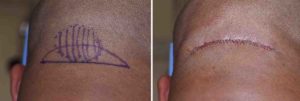
Highlights:
1) The bony occipital knob deformity on the back of the head is often associated with an excess of scalp tissue as well.
2) An occipital contouring procedure combining bony knob reduction with excision of excess scalp tissue produces a smooth convex back of the head contour.
3) This combined occipital knob and roll reduction procedure is done through a horizontal skin crease incision.
Dr. Barry Eppley
Indianapolis, Indiana

